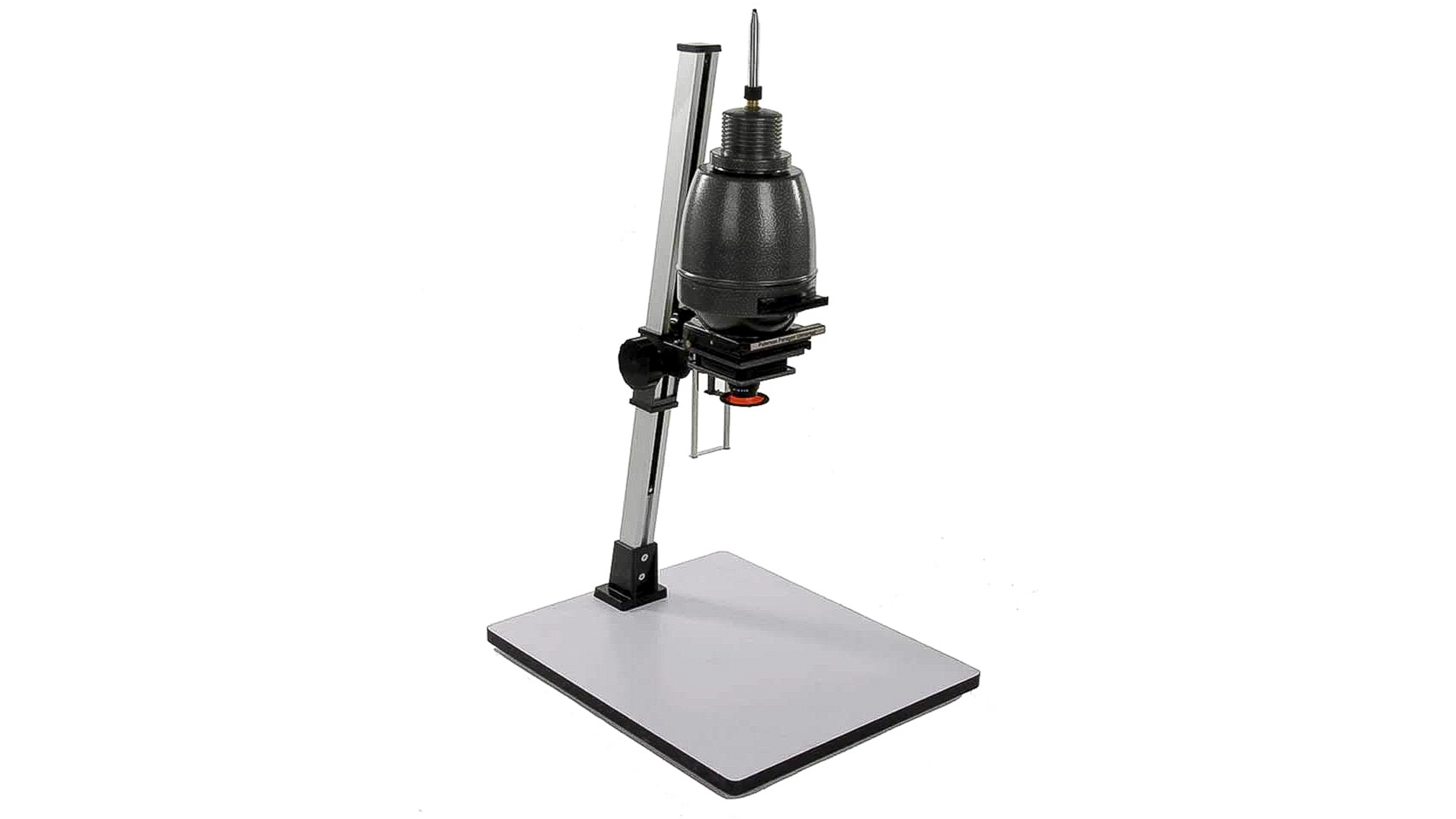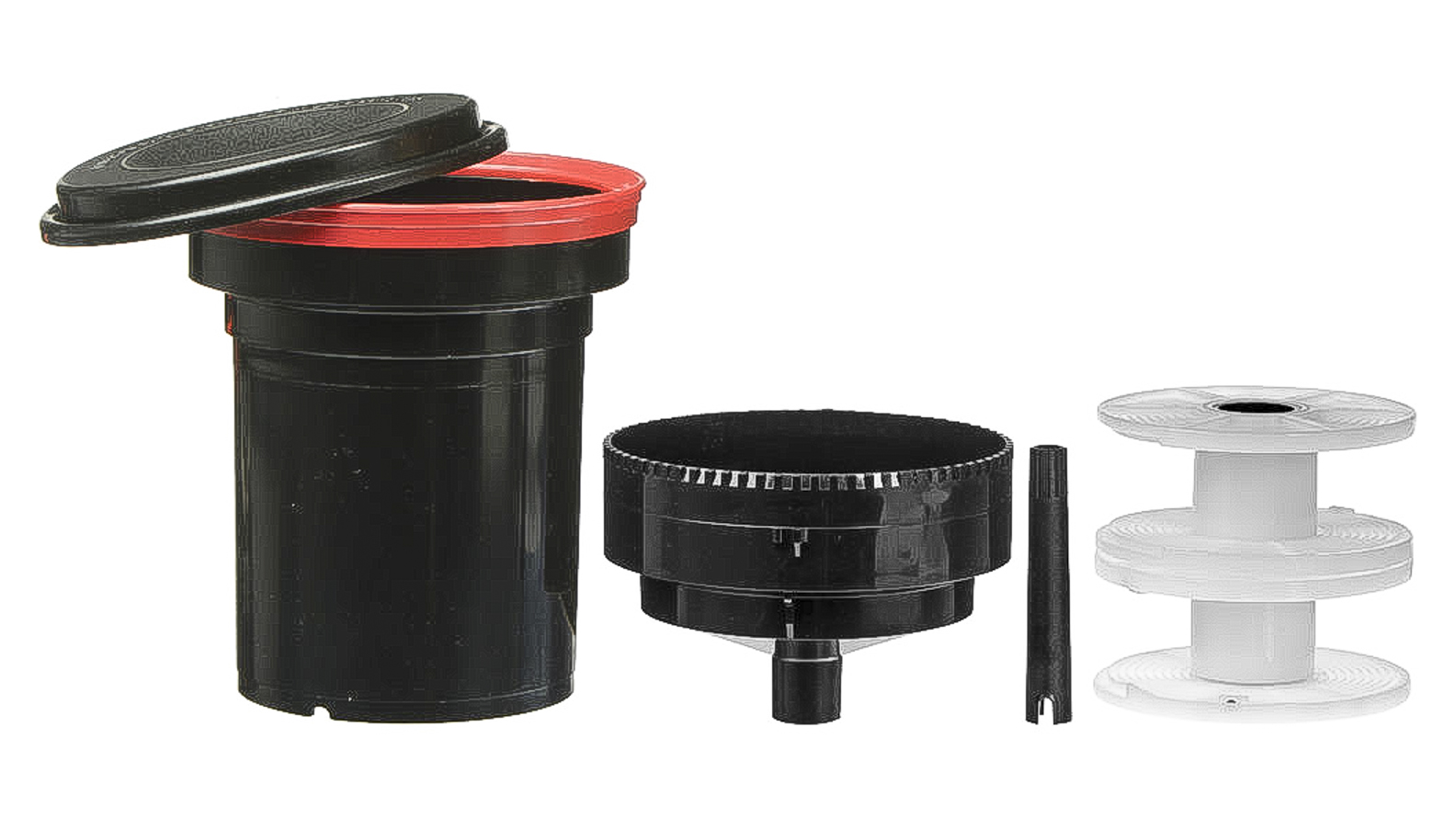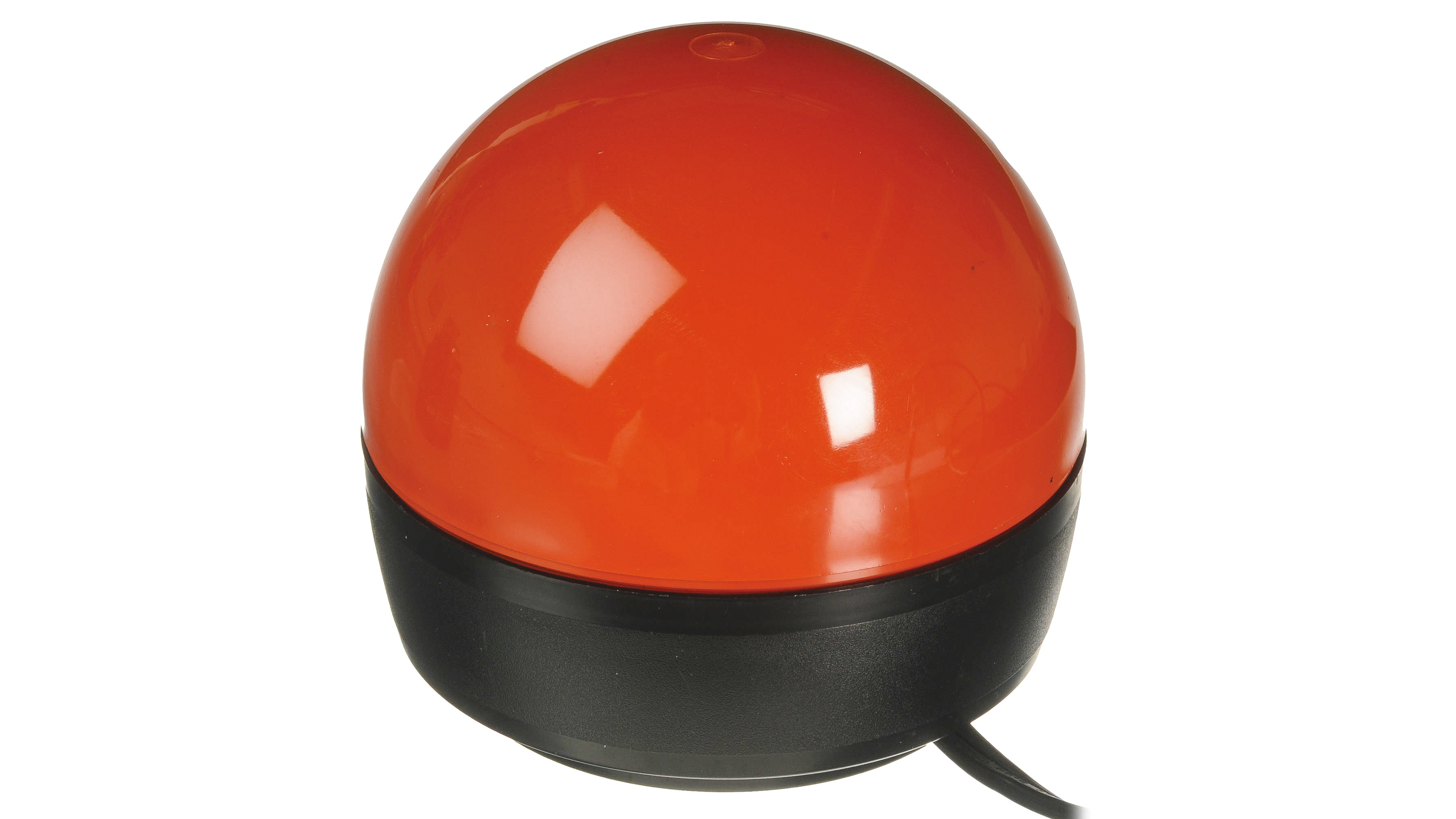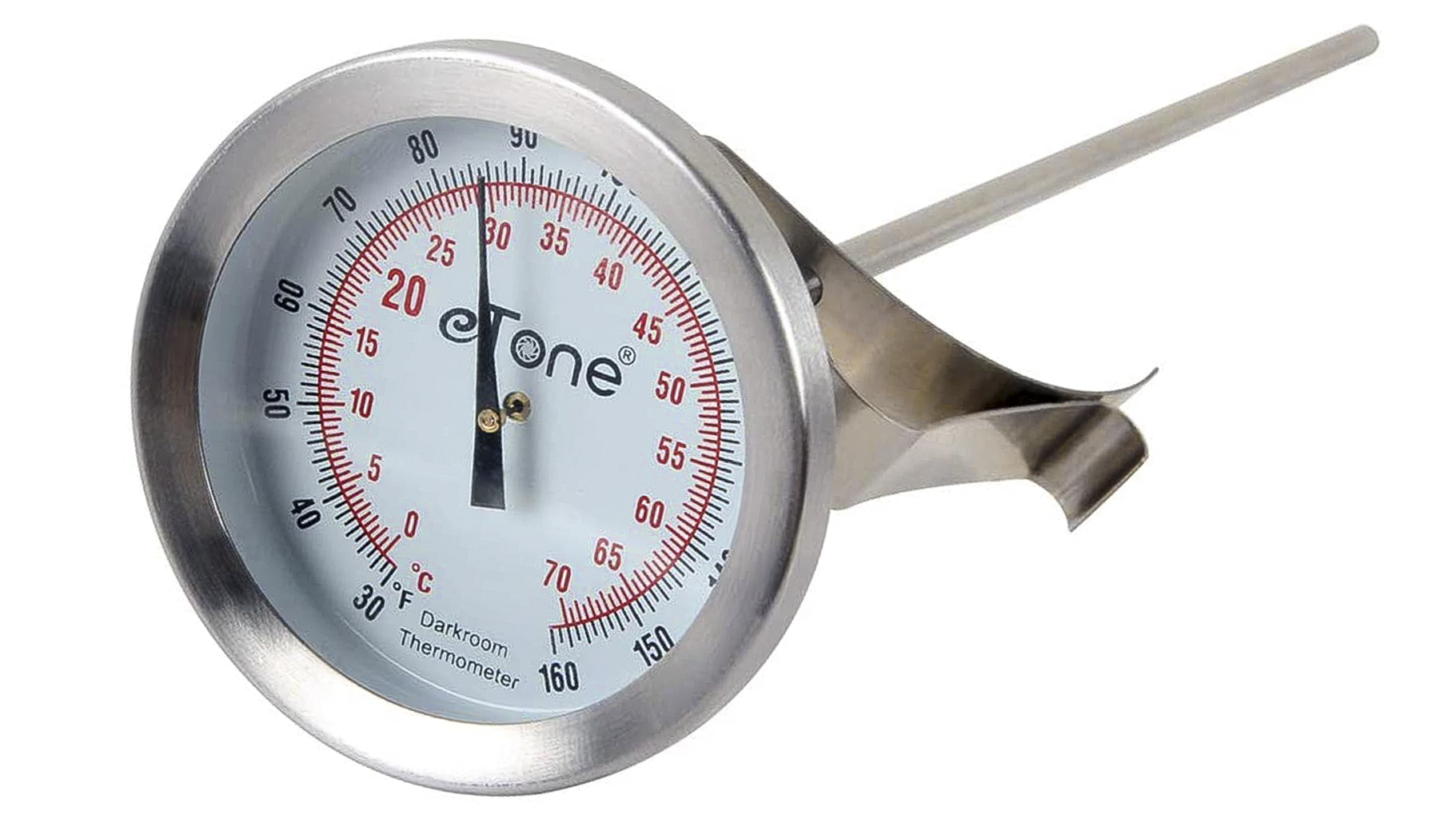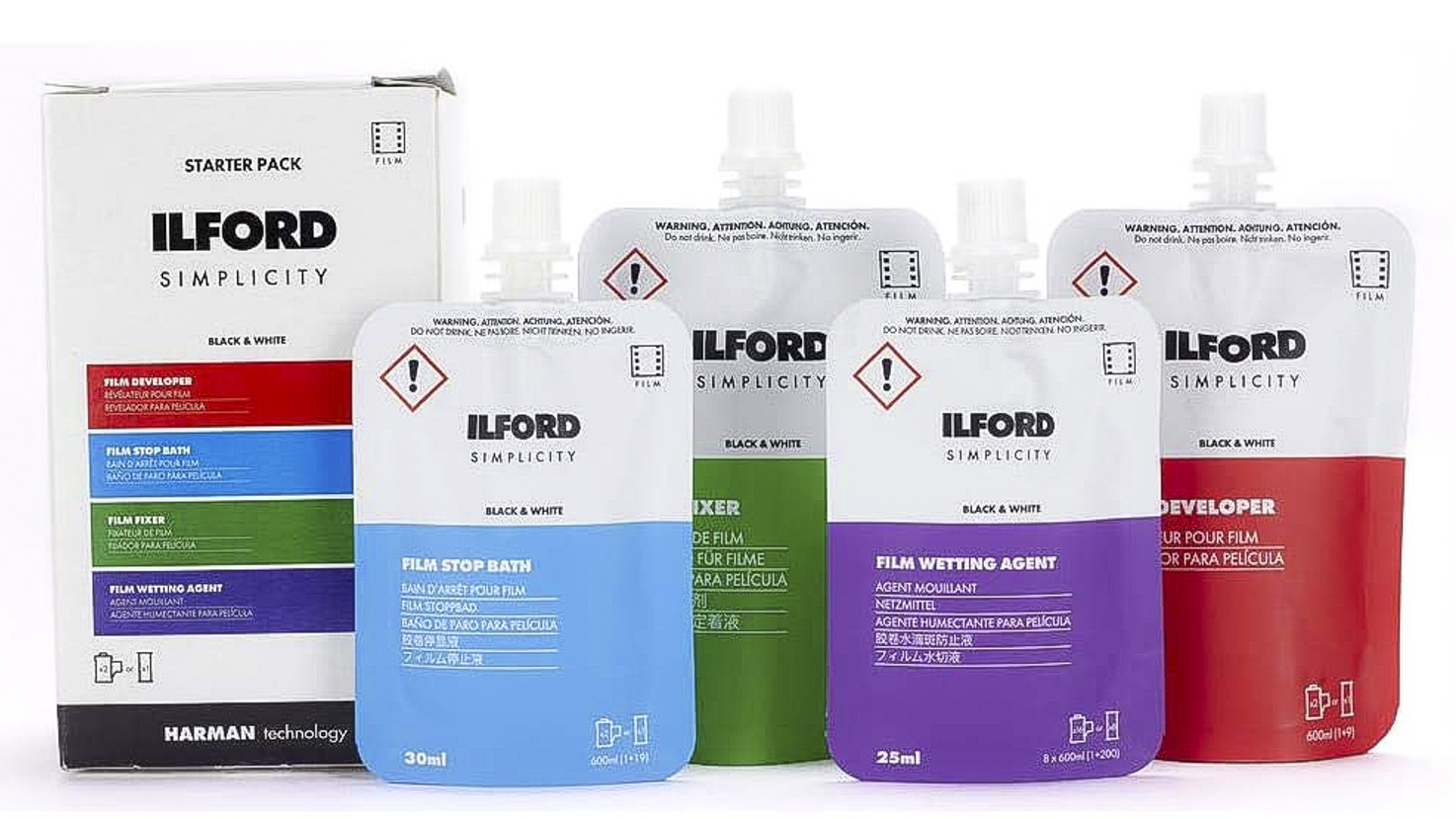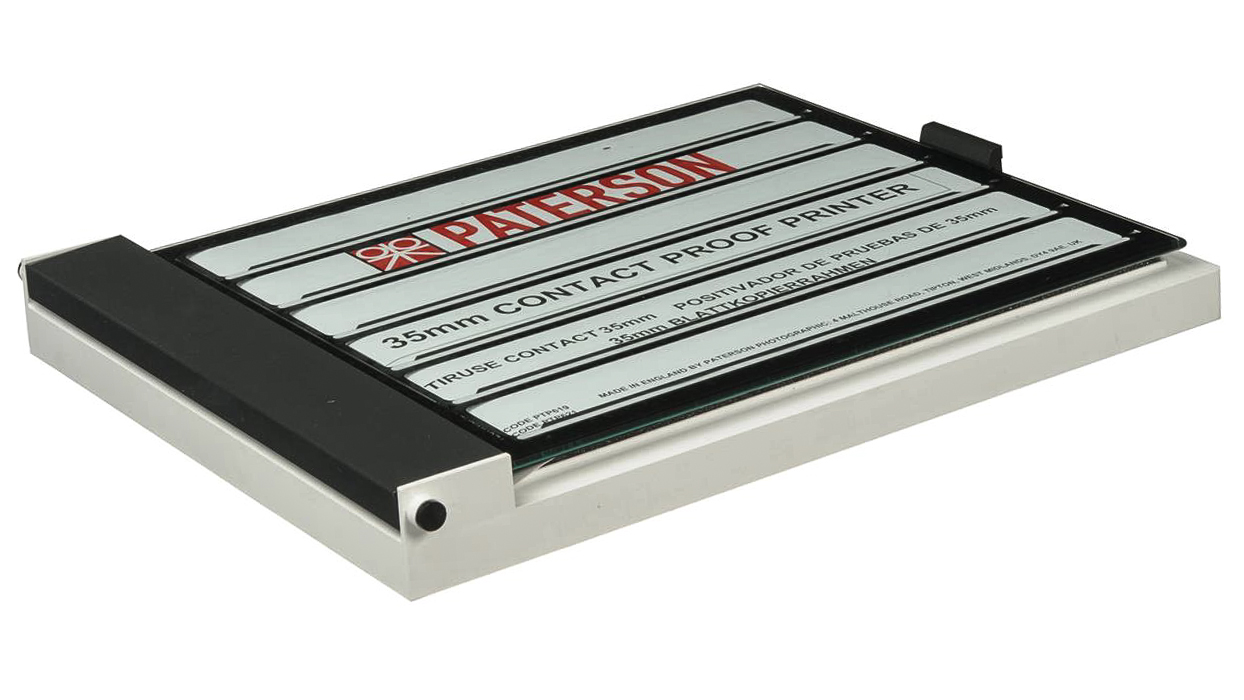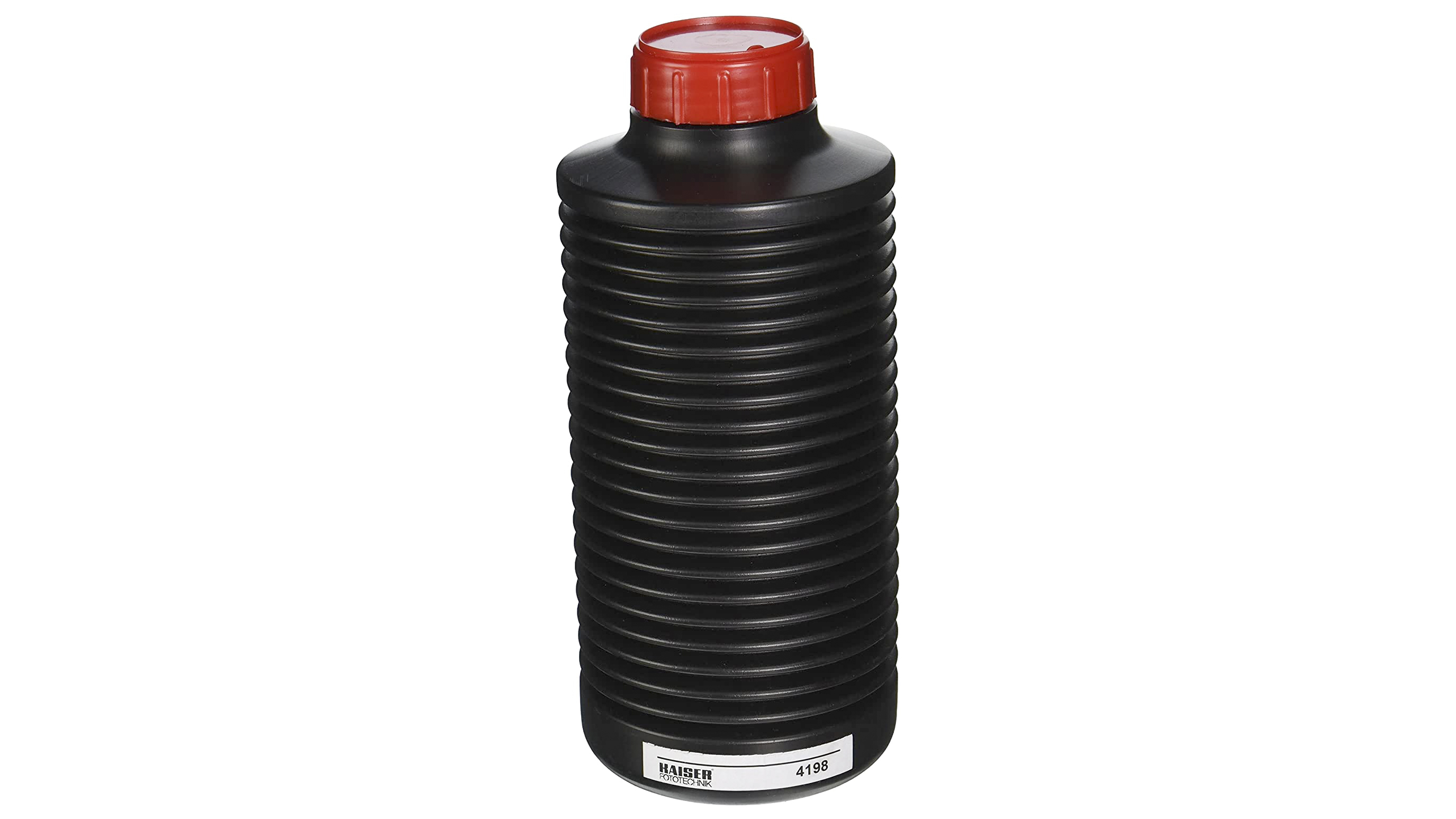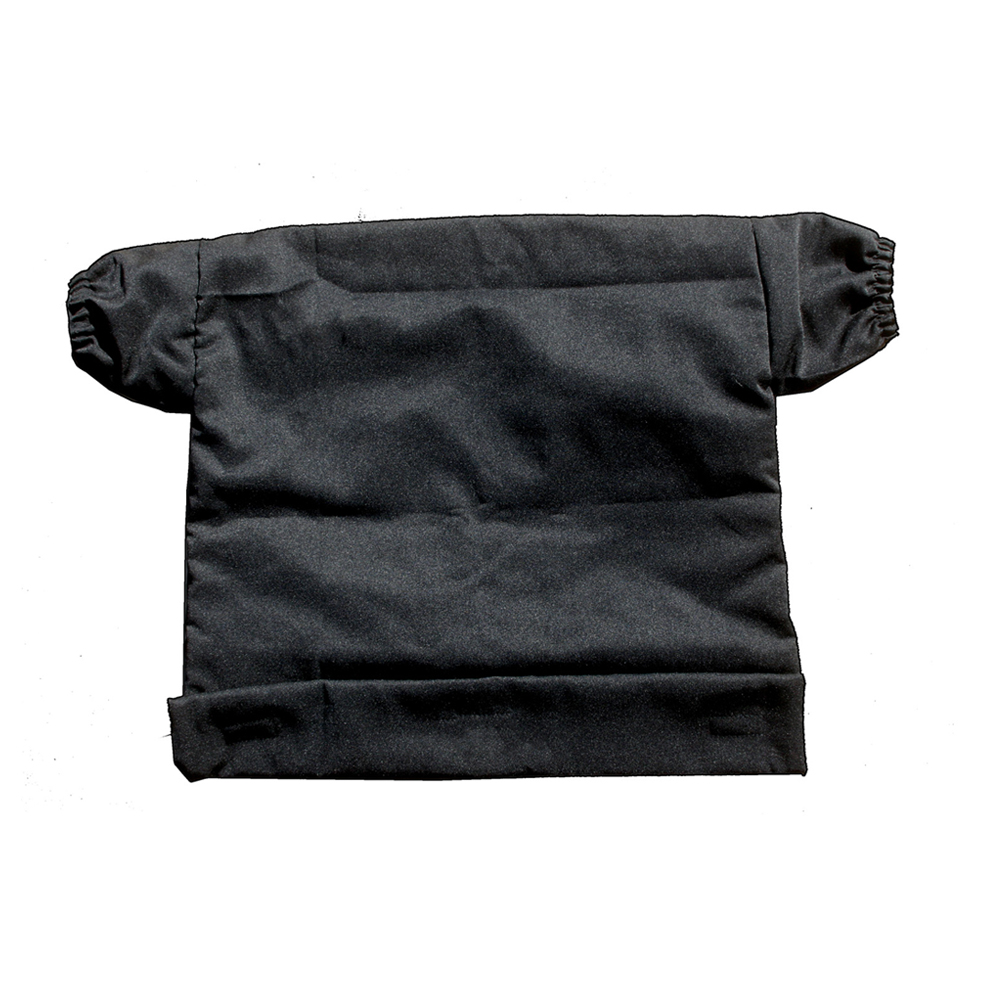Best darkroom equipment in UK: photo enlargers, film tanks, trays, safelights
You’re shooting on film and want to process and print the results yourself. You need our recommendations for the best darkroom equipment…
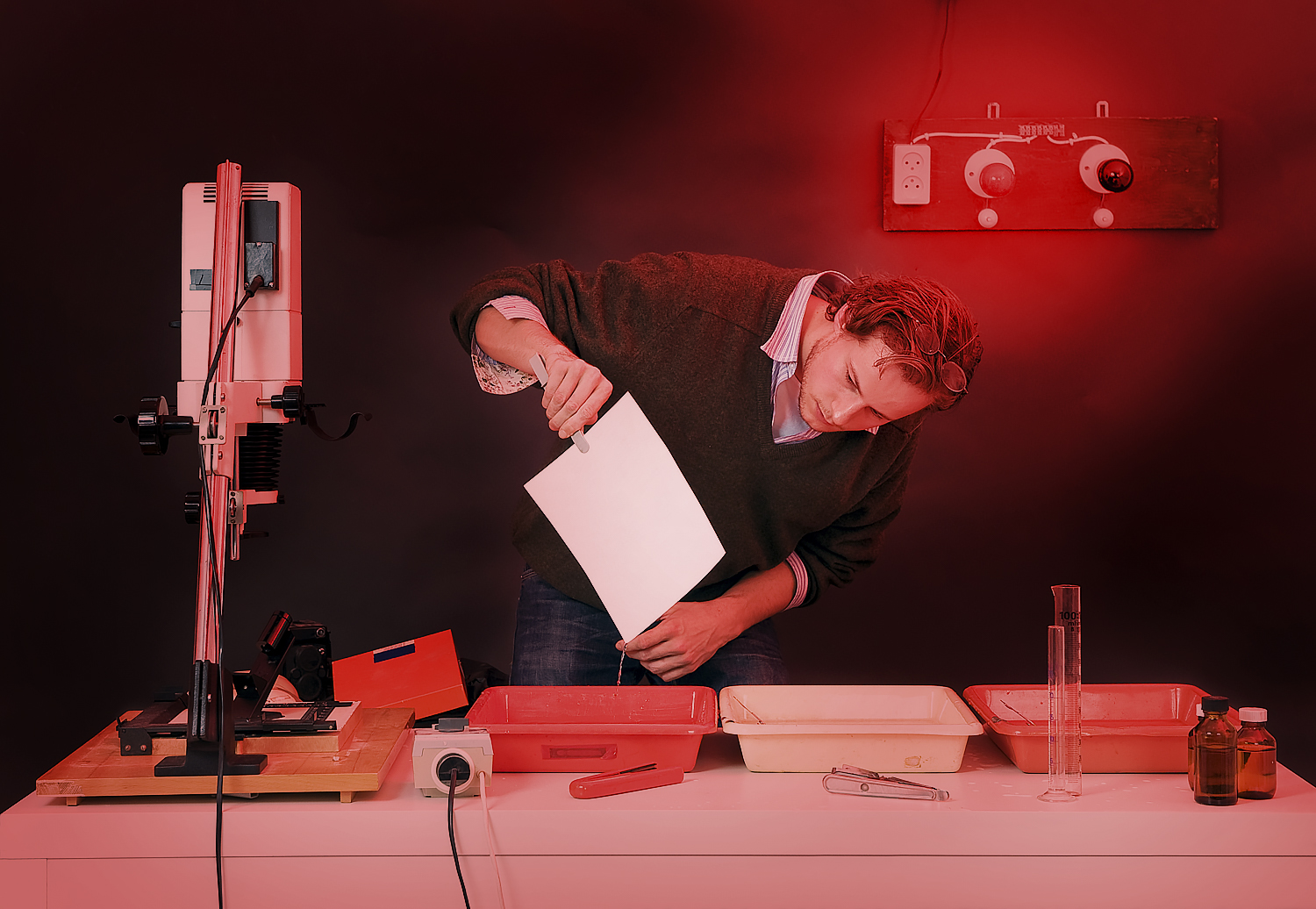
Looking for the best darkroom equipment to get you set up for developing your own film, and for printing your own photographs? This guide will help you pick the best enlargers, best light for your darkroom, best film developing tank, and more – so that you can get started in with your home darkroom.
For the past 20 years we’ve discussed which equipment you needed to set up your own digital darkroom – or dry lab – with the benefits of being able to eschew the trays of smelly chemicals required in the ‘old days’ of film processing and wet labs, not to mention the trial and error.
Digital cameras were the new must-have, and in most cases existing film cameras were consigned to cupboards and drawers – or sold off cheaply on the second hand market.
However, everything that goes around comes around, and the joys of film usage and film processing are now being discovered by a new generation. At the same time, older enthusiasts, who first dabbled in darkrooms in their youth, are rediscovering the art and the fun of 35mm film.
Whether you’re new to film photography or returning to it, the chances are you’ll be looking at setting up a whole new darkroom, so this guide is aimed at recommending what you’ll need to get started on that initial set up. Put simply, we’re seeking out the best darkroom equipment you can currently buy to help you get it right from the outset. After all, unlike with digital photography, there is no ‘undo’ or reset button to go back a stage if we mess up. Then again it’s hard to replicate the ‘magic’ of film and printing our own photographs.
So without further ado, let’s showcase what we consider the best darkroom equipment for both fledgling and established film users right now…
Best photographic enlargers
For those not already in the know, a photography enlarger is, as it sounds, a device for producing a photographic print larger than the original negative or transparency, done by projecting an image onto a piece of photographic paper. Thus an enlarger consists of a projection assembly mounted on a vertical column, that is itself mounted on a horizontal base.
1. Paterson Universal Enlarger
Specifications
Reasons to buy
Reasons to avoid
This UK derived device resembling something out of a Saturday morning Flash Gordon serial features a 50mm lens, here with f/4.5 aperture, and is aimed at those photographers working with 35mm negatives. An option is also available with a 70mm lens for use with 6x6 negatives. The core kit comprises a metal enlarger head that can be moved up or down the central column, to enable the production of prints up to 30x40cm in size. As with competing offerings, if users are wanting larger prints then the head can be rotated through 90 degrees, or the column rotated around to allow for projection onto a wall or the floor, respectively. A drawer set up additionally allows for filters to be used.
2. Hwamart Universal Enlarger
Specifications
Reasons to buy
Reasons to avoid
Offering a very similar set up to the Paterson branded example, this metal constructed darkroom photographic enlarger unsurprisingly does much the same thing in offering a solution for both 35mm and 6x6 formats, with a geared 72cm column that can be reverse to allow floor or wall projection. You may need to budget to buy a lens for it separately though, with either a 50mm or a 75mm recommended, dependent on whether you’re working with 35mm or medium format respectively. Capable of producing up to 16x19-inch enlargements using the baseboard, if you’re just starting out, check whether the kit you’re buying includes the lens, or whether this will need to be purchased separately. Either way this option is straightforward enough.
Best film developing tank
By ‘tank’ we are of course referring to the film developing variety, which usually come in stainless steel or plastic construction. While plastic tanks are fine for most developing purposes, there are some that argue that stainless steel reels will last a lot longer, so mix and match the two. If you’re starting out, however, you’ll undoubtedly get the best deal via a bundle offering both the tank and the reels, rather than buying separately. Whichever type of tank construction you choose – with personal preference often coming down to how easy they are to load – know that both are light trapped, meaning that film can be processed in normal room lighting, once it has been loaded in complete darkness.
3. Paterson Universal Tank
Specifications
Reasons to buy
Reasons to avoid
What you see here is pretty much what you get. This is a value added bundle deal for anyone starting out self-processing their own film. It provides a durable, coated plastic developing tank with similarly plastic film reels from British film accessory specialist Paterson. The lightweight waterproof tank itself can hold two 35mm films, or a single roll of 120/220 medium-format film, with the tank delivering a light tight seal courtesy of the fact that it won’t lock if the seal is improper. Though purists may argue that steel constructed reels will endure for longer, peace of mind is nevertheless offered here via an exclusive lifetime replacement guarantee.
Best light for darkroom
You need a suitable safelight, with the correct filter and bulb, for use in your photographic darkroom if you are going to print your own black-and-white prints. This light provides illumination only from those parts of the visible spectrum to which the photographic printing material in use is insensitive. You can test that your darkroom light is up to scratch by placing a coin on the middle of a piece of photographic paper for five minutes before developing it; if there is no visual impression left on the paper, then your safelight is indeed safe. Note that these safelights are not safe for developing film or color printing.
4. Paterson Darkroom Safelight with Red A-Dome Filter
Specifications
Reasons to buy
Create just the right conditions and atmosphere for your home darkroom by ignoring the entreaties of Sting and, instead, putting on that red light. Another fantastic plastic accessory from film photography specialist Paterson, the set up includes a 15-watt lamp that's 4.5-inches in diameter and a red dome filter, which can be ceiling, wall or table mounted as desired. Designed for standard black and white printing, the safelight arrives ready to use with bulb, choice of dome cover – either the general purpose printing use red-orange dome, or a copper-brown alternative for variable contrast – plus a molded mains plug (suitable for either UK or US).
Best darkroom starter kits
If you’re looking to get started in processing film and creating prints at home, a starter kit is often the best value and moreover simplest way to get started. Fortunately, as this is still something of a niche yet growing pursuit, the choice is not massive, so here we pick out some of the recommended examples worth your further investigation.
5. Paterson Film/Print Processing Kit
Reasons to buy
Reasons to avoid
Film specialist Paterson pops up in our round up again with its simple yet essential product offerings. The film-and-print bundle provides arguably everything you’ll need to get started from scratch – namely a development tank with two reels for loading film, three developing trays, darkroom thermometer, plus a safelight for processing black and white film. Yes, all these accessories are available separately, and you could build up ownership gradually, but why do that when we can save ourselves money and grab all the film processing and developing must-haves needed in one convenient value-added package?
A simpler version of the kit, with just the film processing equipment, is also sold in some stores. As it is, you might want to add your own daylight-changing bag and enlarger to this set up as well as developing chemicals, obviously, if they’re not included in your deal due to the territory you’re purchasing it in, but pretty much everything else is here.
Best darkroom thermometer
If you’re serious about black and white or color processing then, because of the direct correlation between temperature and processing time, seek out the indispensable addition of a thermometer with an easily readable scale or gauge. Accuracy and reliability is key here, which is why you’ll want one that works.
6. eTone Darkroom Dial Thermometer
Specifications
Reasons to buy
Looking like something you might stick in a joint of roasting meat to check that it’s cooked in the middle, this thermometer for photographers features a gauge on the end of a metal rod that is 20cm in length.
Manufactured from stainless steel and weighing just 38g overall, this gauge for checking and adjusting temperature for home processing 35mm film is waterproof, while the overall structure is resistant to corrosion from the chemicals in processing fluid. Measuring range is 0 to 70°C. A clip is provided so the thermometer can be clipped to the rim of the measuring cup it’s being dipped in, or fixed to a desktop to stop it rolling around when not in use. Thankfully the position of the actual clip is adjustable, to fit different measuring cup heights. Conveniently requiring no batteries, this is a straightforward and inexpensive addition to any fledgling home darkroom set up.
Best darkroom timer
They say timing is everything – and when it comes to film processing they’d be right. Therefore you’ll want to seek out an accurate and reliable timer. You could use your watch or smartphone - but you may not want to leave these around when using chemicals and water in a dark room. Luckily there are specialist tools available for the home darkroom that are, whether available separately or equally as part of a bundle deal, just the job.
7. eTone 3 Channel Darkroom Clock
Specifications
Reasons to buy
Reasons to avoid
A darkroom timer is another essential bit of kit as it lets us accurately time our developing process – for example timing the duration for which an image is projected onto paper to control the exposure of our print, as one would do automatically via adjusting shutter speed when using a camera. This convenient timer can be used handheld, propped up on a desktop or stuck to a magnetic surface thanks to a magnet in the back. If required as a prompt for creative types, there is a built-in alarm too that is triggered when the device reaches an allotted time. It also has three different channels that can be started independently or simultaneously and correspond to hours, minutes and second. Plastic in build it is relatively inexpensive with it.
Best processing chemicals
It used to be said that digital photography was great because it set us free from the need for chemicals in our home darkroom – but some photographers have obviously felt a certain chemistry was missing. Fortunately long established brands including brands such as Ilford are still producing photo chemicals to meet this new wave of interest. Serious darkroom photographers will have their favorite developers - and will buy additional chemicals such as fixer and stop bath separately, but a great first option is to try an all-in-one kit…
8. Ilford Simplicity Film Starter Kit
Specifications
Reasons to buy
If you haven’t had a set of chemicals included as part of a general starter kit bundle deal, then of course they can be bought separately – and of course will need to be for subsequent use. This starter pack from industry stalwart Ilford for black and white film development contains single use sachets of each photo chemical with pre-measured solutions to develop two rolls of 35mm film or one roll of 120 film, so that all the newcomer needs do is just add water. Included here are sachets of film developer (60ml), film stop bath (30ml), film fixer (100ml) and film wetting agent (25ml) to get users up and running.
Best developing trays
This item for inclusion in any home darkroom set up is pretty much as straightforward and obvious as it sounds. Photographic print trays have a recess to allow the chemicals to evenly come into contact with the print, while allowing the print itself to be moved around and avoiding it sticking to the bottom of the tray. They are also often color coded, so the photographer can monitor which differing chemical is being used in each tray. They can be bought separately, but can be found sold in sets of three - for developer, stop bath and fixer.
9. Paterson Paper Developing Trays
Specifications
Reasons to buy
Here we have a set of three colorful plastic constructed developing trays available in a variety of sizes, for, variously, 5x7-inch paper, 8x10-inch paper, 12x6-inch paper and 16x20-inch paper. Obviously the plastic used is claimed to be impervious to possible corrosion from the chemicals in use, with three colors of tray offered in each set to allow for photographers to differentiate between them when under safelight conditions. The tray design allows for economy in terms of the amount of solution used, while allowing for the easy removal of prints with it. The stackable design also allows for convenient space saving storage when the trays are not in use.
Best print tongs
10. Paterson Print Tongs
Specifications
Reasons to buy
To avoid getting the chemistry on your hands, a set of tongs is a sensible (but ultimately not essential) accompaniment to your three photo printing trays. This set of three are colored to match Paterson's own trays. Shaped shoulders allow you to prop the on the tray rims, so they don't submerge into the solutions.
Best contact printer
11. Paterson Contact Proof Printer
Specifications
Reasons to buy
A contact print is a useful first step after developing your negatives. It gives you a positive image of each of the frames on the roll on one sheet of printing paper. A contact print gives you a better view for picking the best images to print up big - and also acts as index print for the roll of film. Paterson makes four versions of its contact printer - which each has a baseboard with a hinged plate of glass, that sandwiches the negatives with the printing paper, keeping them in position and flat. The most popular model is the PTP619 which proofs a complete 36-exposure roll of 35mm film, cut into strips, onto a standard piece of 8 x 10in photographic paper. Other models allow you to print onto 12x10in paper, and to contact print medium format and large format film.
Best film clips
12. Paterson Film Clip Set
Specifications
Reasons to buy
Film clips are a useful, if not essential accessory when developing film. They allow the developed, fixed and washed roll of film to hang vertically without the risk of the emulsion curling as it dries. These Paterson clips have been around for decades, and are sold in pairs with the weighted one of the two placed at the bottom. A pair of pin-like teeth bite into the emulsion, so that they can not fall off.
Best storage bottle
Once you’ve mixed up your photo chemicals you may want a method of storing them that’s safe and reliable whilst preserving the integrity and effectiveness of said chemicals. Enter the photographic storage bottle, available from various photo specialists.
13. Kaiser Accordion Storage Bottle
Specifications
Reasons to buy
Featuring a snazzy accordion style design that can be gently squeezed in a bid to expel and remove excess air, plus a screw on cap to prevent possible oxidization of the contents, this is Kaiser’s solution for storing photo chemicals in volumes from 550ml up to 1000ml, while extending their storage life into the bargain. Providing peace of mind for those looking to stash developing fluid, this bottle comes via a limited one-year warranty. It’s a practical and very affordable solution to avoid wasting potentially expensive fluids, while being lightweight and easily stored with it. Just make sure to stash it out of reach of young children! A larger 900-2000ml version is also available.
Best changing bag
14. Paterson Changing Bag
Specifications
Reasons to buy
Although you can develop film in daylight, once you have go into the processing tank - you need to load the film onto the spool, and into the tank in darkness. A changing bag, therefore, is an essential bit of kit if you don't have a room where you can't achieve complete blackout. This large bag is plenty big enough to incorporate a standard film development tank – with a zippered opening that allows you to get the tank components, the reel, film, and film opener in for the delicate loading procedure. The bag is also necessary if you want to buy film in bulk and load your own 35mm canisters.
15. Calumet Changing Room
Specifications
Reasons to buy
This is an alternative to the traditional changing bag, working like a mini-pop up tent. It uses a four-ring frame, that folds away into a carry bag when not in use (a bit like a Lastoliet photographic reflector). There are two elasticated arm holes at the front, that ensures the inner chamber is lightproof - allowing you to load up film spirals, load large format sheet film into holders. There is a silver exterior, to help the surface stay cool, and a black interior.
Best portable darkrooms
16. Ilford Pop-up Darkroom
Reasons to buy
We love this ingenious idea from Ilford. More and more of us live in places where you don't have a room you can turn into a darkroom - so this pop-up tent is the perfect solution to turning your living room into a place where you can print your pictures - or load your film processing tanks. The external metal frame is approximately 2.2m tall when erected. creating a workable (if cosy) 1.3 x 1.3m space to print while standing or seated. It all folds away into a neat carry case when you have finished, which you can hide under the bed until you next need it. A built-in air vent at base of the darkroom allows for an optional fan / blower to be used and once sealed the incoming air will also expand the inner dimensions. A smaller vent is also included closer to the top of the darkroom to attach air extraction tubes (not included).
• The best 35mm film
• The best 120 roll film
• The best sheet film
• The best cameras for beginners
• Best lightbox for photographers and artists
The best camera deals, reviews, product advice, and unmissable photography news, direct to your inbox!
Gavin has over 30 years’ experience of writing about photography and television. He is currently the editor of British Photographic Industry News, and previously served as editor of Which Digital Camera and deputy editor of Total Digital Photography.
He has also written for a wide range of publications including T3, BBC Focus, Empire, NME, Radio Times, MacWorld, Computer Active, What Digital Camera and the Rough Guide books.
With his wealth of knowledge, Gavin is well placed to recognize great camera deals and recommend the best products in Digital Camera World’s buying guides. He also writes on a number of specialist subjects including binoculars and monoculars, spotting scopes, microscopes, trail cameras, action cameras, body cameras, filters and cameras straps.
